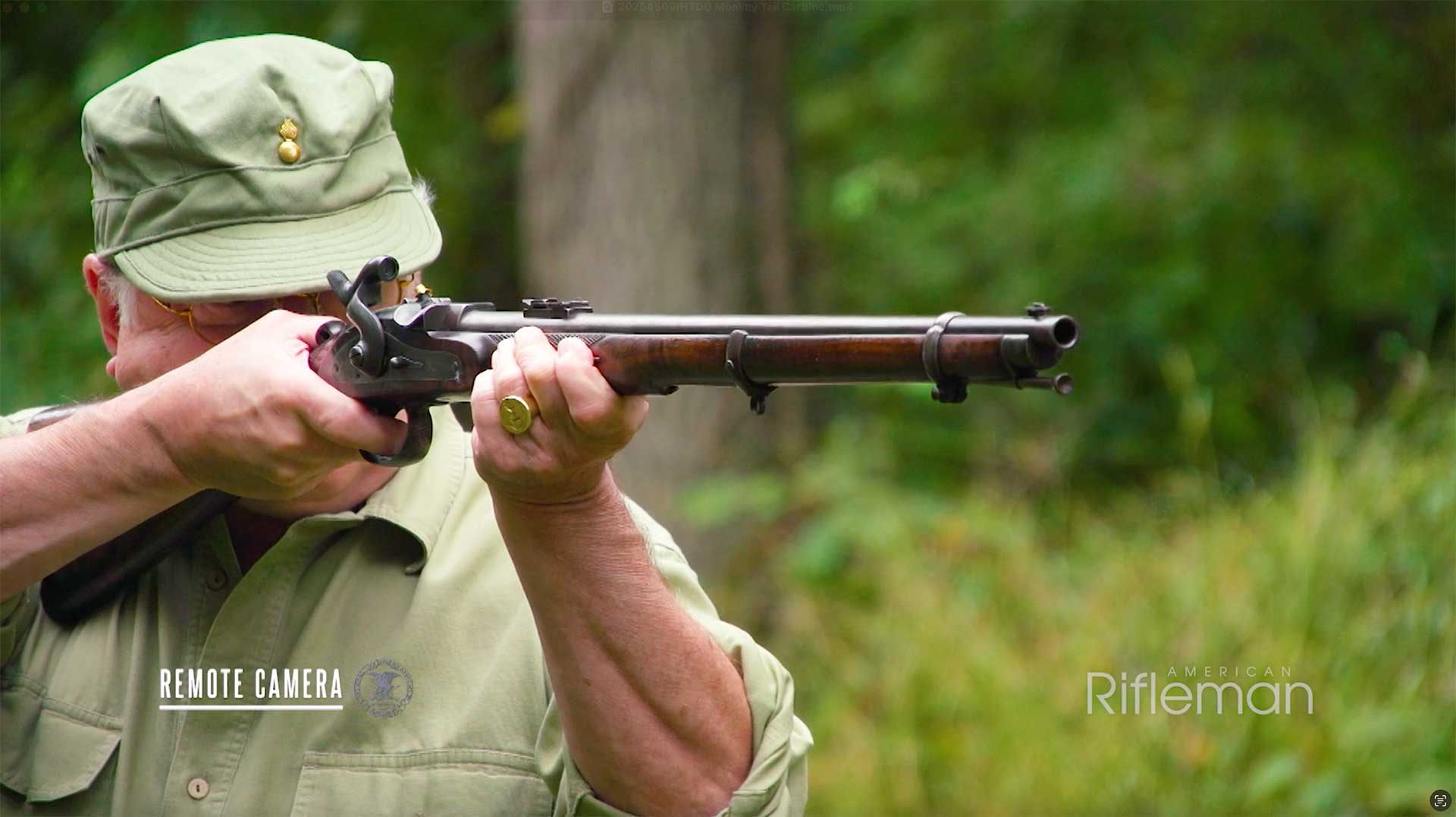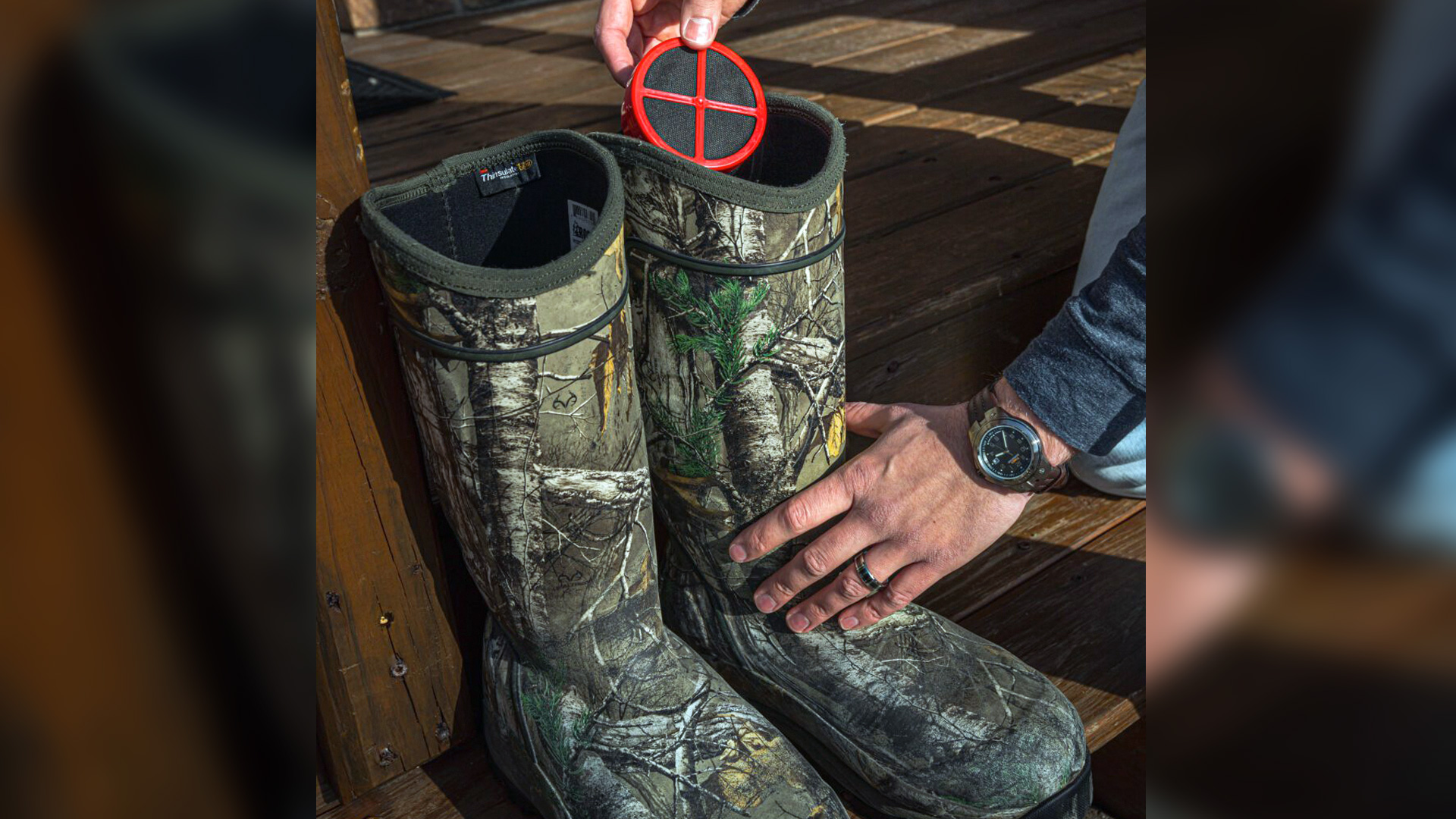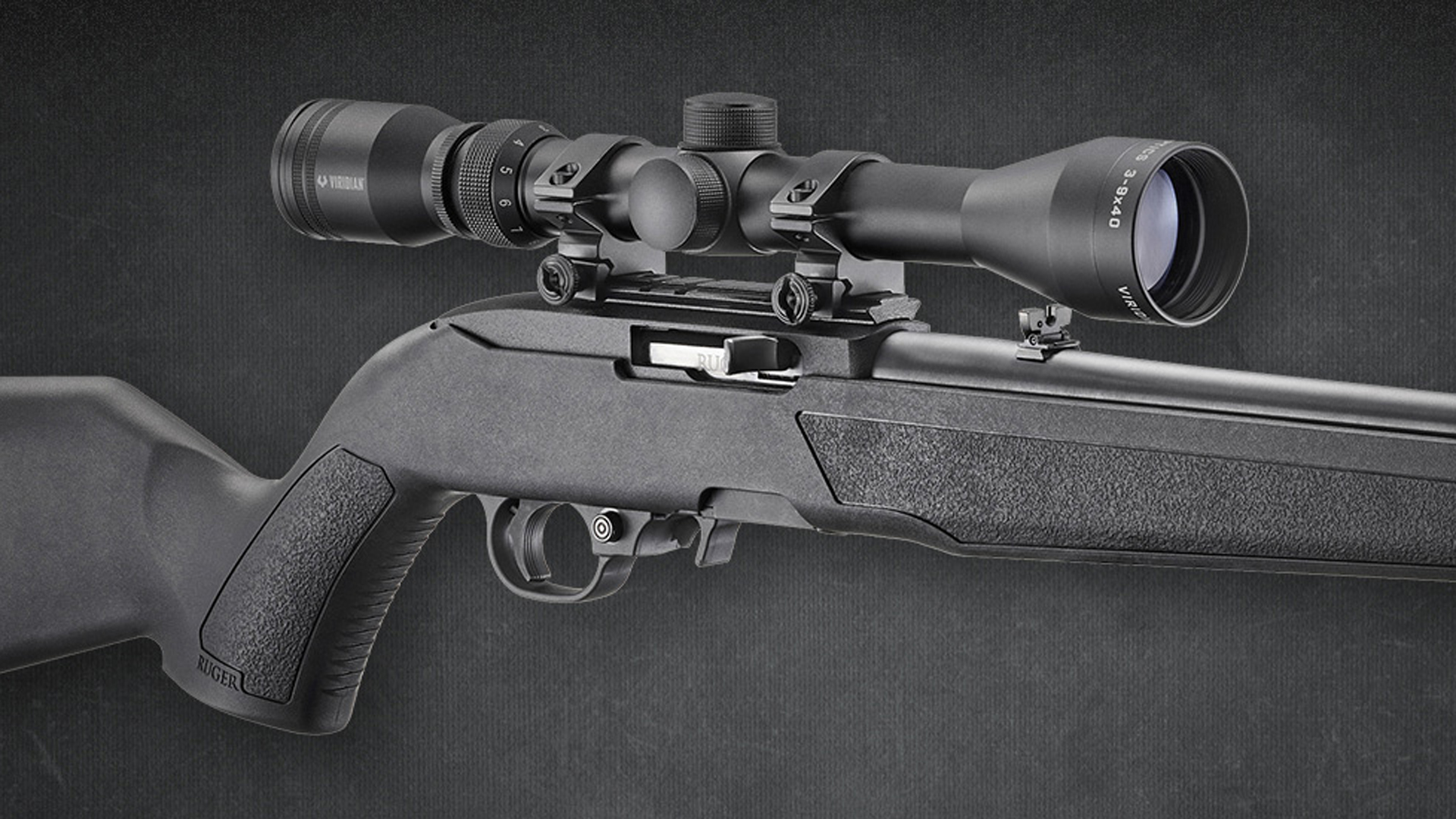Noticing the disturbance in the grass caused by the passing of a bullet out of the muzzle, Browning hooked a “flapper” onto the barrel of a lever-action that harnessed the expanding propellant gasses through a hole drilled in the barrel. He used the force of the gas to move a lever linked to the action to cycle it.

Browning had discovered that enough gas comes out at high velocity to cause an impact that will that is sufficient to impart momentum on the operating parts of the gun and cycle the action. That principal, what we call gas operation, was applied to the machine gun Browning first designed in 1889.
When he was satisfied with the invention. He took it to Colt's, which was interested in the design and began producing it as the Colt Model 1895, which later became the Model 1914. The soldiers likely gave it the nickname "Potato Digger," but the operating principle developed in the Model 1895 later became central to the Browning Automatic Rifle.

The "Potato Digger" was chambered in 6 different calibers: 6 mm Lee Navy, 7 mm Mauser, .303 British, .30-40 Krag, 7.62x54R and then ultimately in .30-06 Springfield.
"The fact that John Browning could envision one design that could support all of those different calibers is really quite noteworthy, because it testifies to the genius of that man and the incredible mechanical skill that he had," said American Rifleman Field Editor Martin K.A. Morgan.

The first use of the Colt Model 1895 machine gun in combat was at Guantanamo Bay in June 1898. A battalion of Marines under the command of Lt. Col. Robert W. Huntington established Camp McCalla in the bay with two of the guns. These machine guns were deployed in what became known as the Battle of Camp McCalla, as Spanish guerillas armed with Mauser rifles opened fire from the brush surrounding the camp.
The Marines also used these guns at the Battle of Cuzco Well a few days later, when three Colt Model 1895 machine guns were used to support the Marine assault on the Spanish garrison. The Colt's use at Cuzco Well was the first documented use of the machine gun for mobile fire support during a military assault.

It proved to be one of the mainstays of the defense of the Legation Quarter in what is now Beijing, at that time called Peking, during the famous 55-day-long siege during the Boxer Rebellion in 1900. Afterwards, the Marine Corps used the guns in small landings around the world.
By 1914, the Colt Company was reducing the number of Model 1895 machine guns made. However, the company had already received orders from both the Italian Navy and from the Russians. The guns were taken over to France; some were used in the battles around the Belgian city of Ypres, but a number of the other battalions used the Colt Model 1895 until the guns were replaced with the British Vickers-Maxim.

"The M1895 potato Digger brought the United States into the era of the machine gun," Morgan said. "Although it was never adopted as a standard machine gun, it nevertheless fought for the American military on more than a few occasions. The guns accompanied American forces to Cuba in 1898 during the Spanish-American War. A pair of M1895 Potato Digger machine guns accompanied the U.S. Volunteer Cavalry, the famous 'Rough Riders,' when it went to Cuba."
The Colt M1895 machine gun became known as the "Potato Digger" because of the operating arm under the barrel that would swing down with every shot. It was found that when the gun was sitting on a tripod in soft earth, the legs of the tripod would start sinking into the soil. Eventually, the gun would settle down into the point where when the operating arm would dig into the dirt and send a spray of dirt flying.

"John Browning chose to make a gas-operated air-cooled design that was a relatively effective and successful design," Morgan said. "It's a weapon that's used in the interwar period, it's a weapon that's been used in the trenches of the First World War, and it's a weapon that continues to live on into the 1920s. It's a weapon that went up San Juan Hill with the Rough Riders. That makes it something inextricably a part of American history."
























